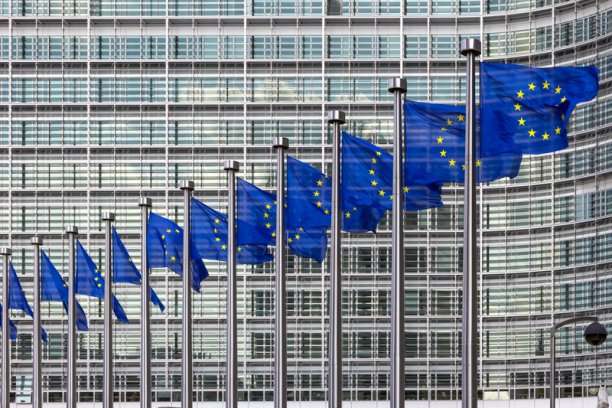
Cifra expects 31% turnover increase in 2021
The renewal will be driven by the ‘strategy for recovery from the COVID-19 era’ together with five flagship initiatives in critical areas...

29th June 2020
Knitting Industry
|
Brussels

According to EURATEX, the voice of the European textiles and clothing industry, the industry is ready to transform the COVID-19 crisis into an opportunity, become more digital, sustainable and agile. Endorsed by the last General Assembly, the renewal will be driven by the ‘strategy for recovery from the COVID-19 era’ together with five flagship initiatives in critical areas. To guide the sector towards its renaissance, the GA re-elected Alberto Paccanelli as President.
“European textiles and clothing companies proved to be essential to managing the pandemic, as a great number converted to or increased the production of PPE. But this strategic role goes beyond the past events, as, without textile materials, no cars, clothes, machines or buildings can be built. The last months highlighted then the necessity for the whole sector and its value chain to undergo a renewal process and enter the future more competitive and greener. The textile industry is ready for this challenge and developed a recovery strategy,” EURATEX said in a press communication today.
“EURATEX’ plan requires considerable resources and a coherent set of measures, both on short term and on a structural basis. While the European Commission and Member States already put in place some quick recovery moves, such as the re-opening of shops and companies and the guarantee of well-functioning markets and supply chains, it is now time to define the long-term vision. Europe should endorse the strategic importance of the European T&A sector, promote the development of an integrated ecosystem with the EU and its neighbouring countries, invest on innovation and skills, and turn circularity into a source of competitiveness. The deployment of these durable measures must be now.”
To make the strategy tangible and concrete, EURATEX has accordingly, developed five flagship initiatives:
· The impact of this type of crisis can be avoided by organising guaranteed supplies and building resilient value chains in Europe for critical PPE and other textile products
· The textile and clothing workforce is growing older, as 35% of it is over 50 years old. SMEs should upskill their existing workforce to meet a rapidly transforming industry and attract well-qualified young workers and professionals
· We should invest in innovative and sustainable textiles through dedicated Public Private Partnership (PPP) at EU level. These PPP will pool and accelerate research, innovation, pilot testing and demonstration in critical areas, like digital manufacturing and supply chains
· EURATEX wants to establish 5 recycling hubs in Europe near textile and apparel districts and therefore make raw materials by collecting, sorting, processing and recycling post-production and post-consumption textile wastes
· Goods blocked by national authorities at the borders should not happen in the future. It is fundamental to ensure free and fair trade for our companies. A first step should be to promote the Pan Euro Med as an integrated ecosystem, and exploit market opportunities resulting from other EU FTAs
“This crisis showed the importance of our industry and now, more than ever, it’s essential to develop the competitiveness of the European ecosystem. The ‘EU Next Generation’ package can play an important role and support the textile and clothing industry in its renaissance,” said Alberto Paccanelli, EURATEX President.

Business intelligence for the fibre, textiles and apparel industries: technologies, innovations, markets, investments, trade policy, sourcing, strategy...
Find out more